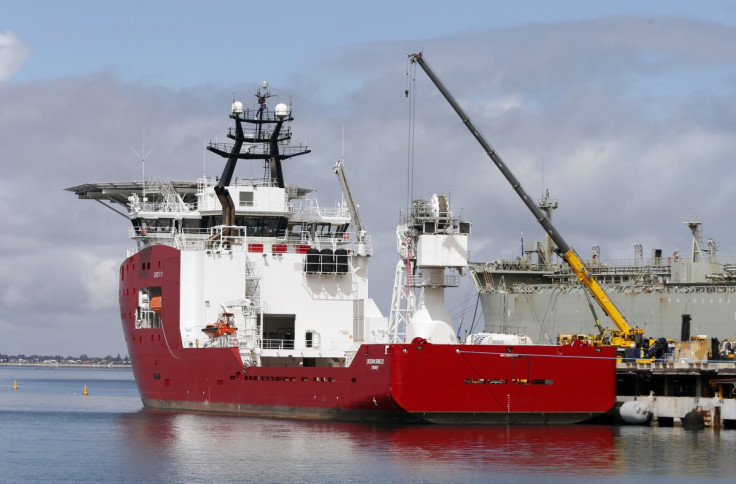Malaysia Airlines Flight MH370: Authorities Hopeful of Developments in 'Days if not Hours'

Malaysia's acting transport minister Hishammuddin Hussein has said that authorities are "cautiously hopeful" that there would be some positive developments in the "next few days if not hours" in the hunt for the black box of the Malaysia Airlines flight MH370.
The statement came after Australia announced a potential breakthrough in the search after the country's Ocean Shield vessel detected multiple "pings" in the remote southern Indian Ocean.
The transport minister believe the latest detection is the "most promising lead we have had" in the search of the airliner that vanished on 8 March.
The Australian ship discovered "signals consistent with those emitted by aircraft black boxes", he said at a press conference in Kuala Lumpur.
"While this may be a step closer towards finding MH370, there are still many steps that need to be taken before we can positively verify that these signals are from MH370."
Authorities are racing against time to find the flight data recorder as its battery life runs out in 30 days.
The head of the search in the southern Indian Ocean, Retired Air Chief Marshal Angus Houston, said earlier that "the pinger locator has detected signals consistent with those emitted by aircraft black boxes".
"Clearly in the search so far this is probably the best information we've had."
However Houston repeatedly stressed that "funny" things do happen in oceans and that the signals may not be from the MH370's black box.
"The first contact was held for two hours and twenty minutes before it was lost. A second contact was detected and held after the Ocean Shield turned around and was held for 13 minutes," said Houston.
The search crew of the Ocean Shield, stationed in the area, is waiting for more pings in the same region in order to pinpoint the location. If the pulses are picked up again, the underwater drone, an autonomous vehicle, attached to the Ocean Shield will be deployed to map the surface below the water.
Houston also cautioned that the drone's capacity to travel underwater is only 4,500 metres deep while the current search zone is nearly the same depth. He emphasised there are deeper waters in the Indian Ocean.
© Copyright IBTimes 2024. All rights reserved.






